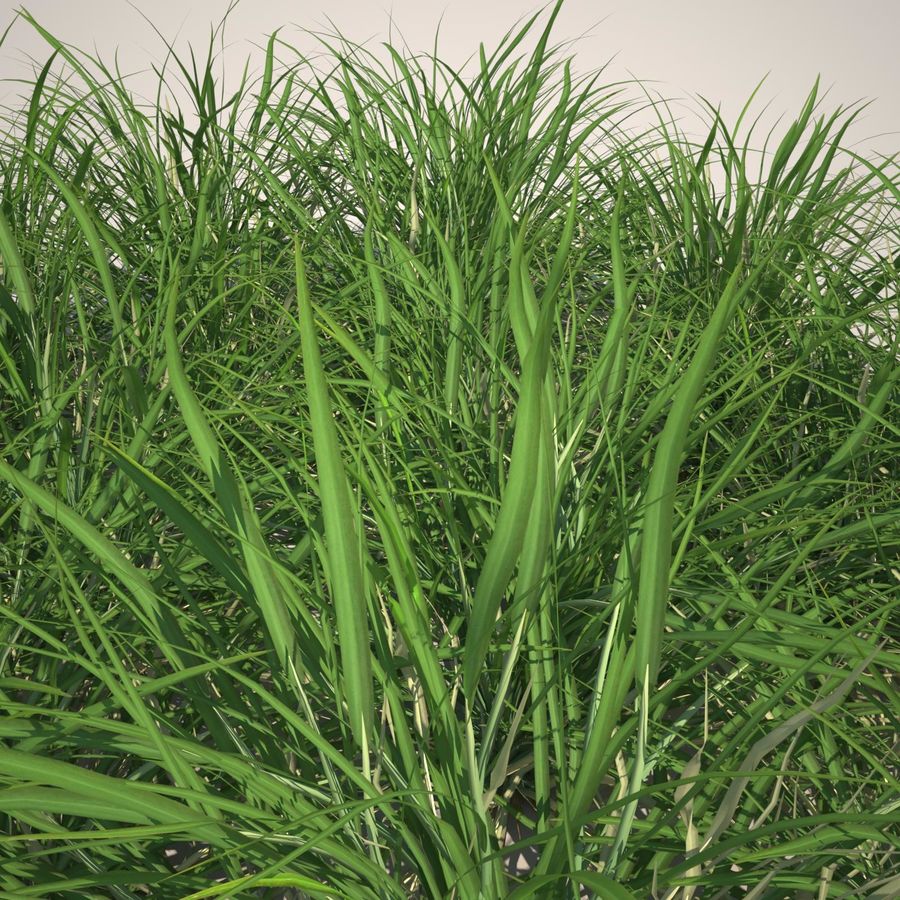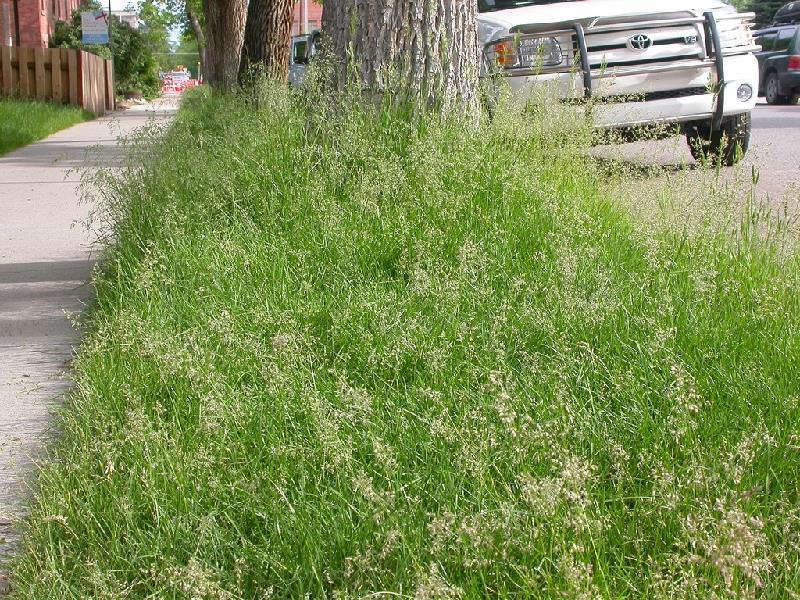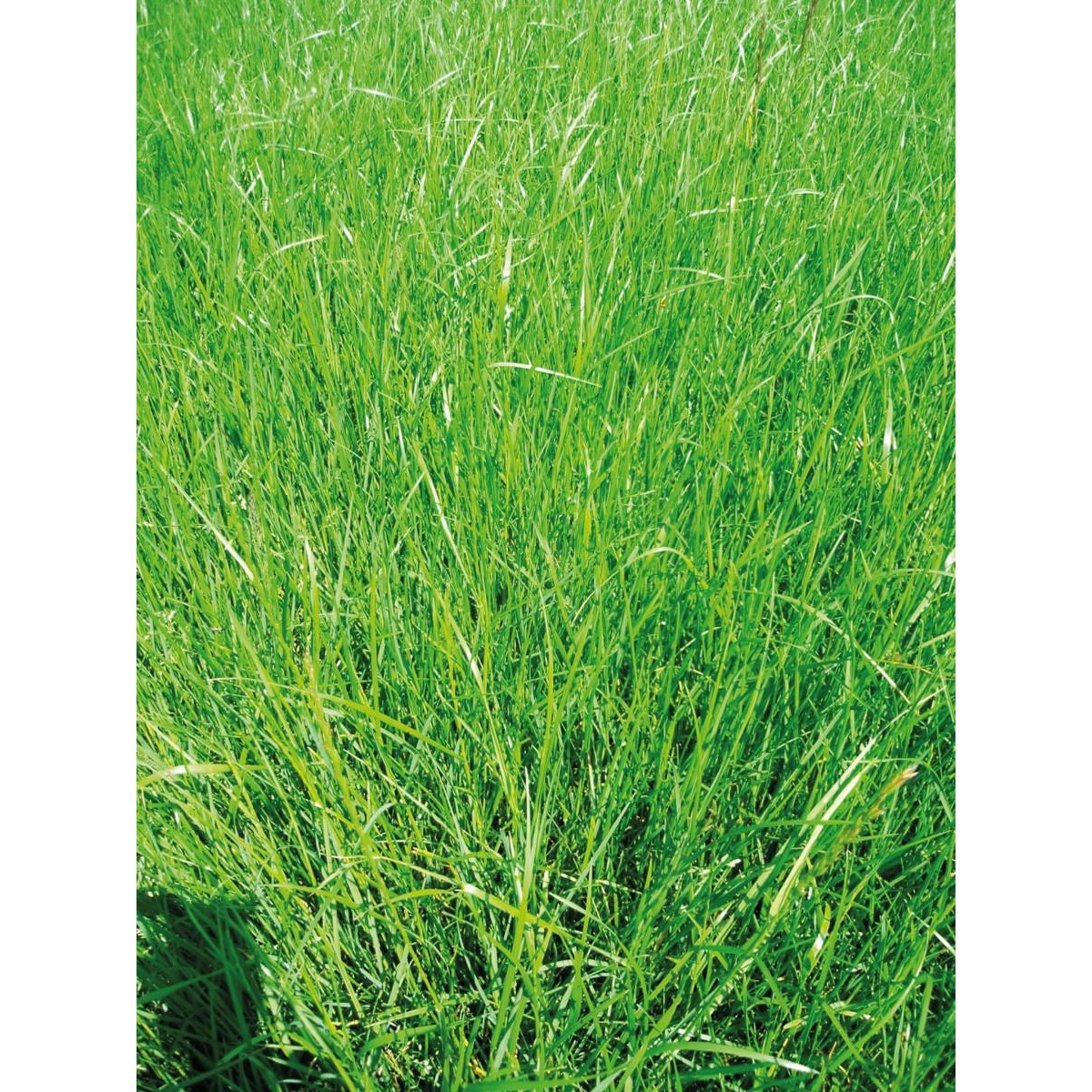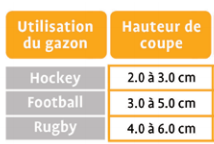
The mowing of a sports pitch, court or the like is a capital operation, since it keeps the lawn or turf in the best possible condition for the game. However, depending on the kind of grass chosen, and also according to the game itself, it is sometimes complicated to decide the optimum cutting height to satisfy both parameters.
Did you know that, for grounds, regular mowing has other benefits such as making the grass denser and thus increasing the lawn’s resistance.
According to the type of grass
The first thing to remember when it comes to the cutting height is the type of grass that constitutes your sports field. The species are often chosen according to several parameters such as:
- climate,
- resistance,
- regeneration capacity,
- game quality,
- aesthetic aspect.
These various species and varieties all have different intrinsic qualities that may influence the cutting height:
English ray grass
Known to science as Lolium perenne, this species is resistant to uprooting and also has the advantage of rapid settling down and growth, even in cool conditions (around the 10 °C mark), but does not tolerate dry conditions particularly well. However, this species offers little resistance to cutting below 30 mm.
Recommended cutting height: min. 30 mm.

Smooth or common meadow-grass
Known to science as Poa pratensis, this species too displays good robustness with its/thanks to its underground lateral rhizomes and deep downward rootedness, strengthening the top layer of the lawn. It also has a useful resistance to frost but, on the other hand, it sprouts and grows slowly (up to 21 days to sprout, compared with 4 to 8 days for English ray grass). This species is also often used in combination with other species.
Recommended cutting height: min. 15 mm.

Tall fescue
Known to science as Festuca arundinacea, this grass thrives in difficult conditions such as persistent drought or stagnant humidity. Like meadow-grass, its germination can be somewhat slow (up to 20 days) but again, like meadow-grass, it puts down tough roots and displays a high degree of resistance.
Recommended cutting height: min. 25 mm.
General advice: avoid any problems by not cutting more than one third of the stalk height at one time.

According to the type of sport practised
Football, rugby, hockey, etc. Each sport requires its own adapted pitch, field or lawn.
Football clubs, for example, like a nice flat pitch for ball control and good rebounds while also offering a certain firmness to support the players. A good planarity will also offer better safety by limiting falls. Certain leading associations such as UEFA regulate pitch cutting height. In fact, that very body prohibits a cutting height of more than 30 mm and recommends a height of approximately 28 mm instead.
The cutting height also influences the speed of the ball. For rugby, it is important that the pitch offers a high degree of resistance to explosive running. That resistance must of course be present, but there must also be some suppleness to limit the number of injuries when the players happen to crash down.
Lawn use Cutting height





